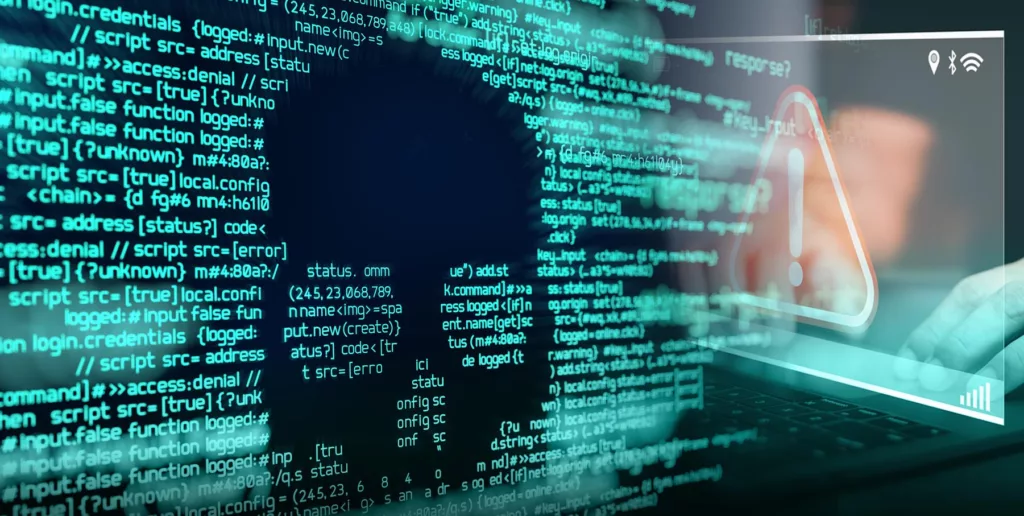Adapting to a rapidly changing landscape is essential to risk management. Rising concerns about cybersecurity have elevated it from a niche concern to a board-level challenge for enterprise companies. This is the new normal.
Similarly, biorisks are constantly arising in organizations with global footprints, diverse assets and multiple business units. They’re challenging, in part, because they’re often surrounded by uncertainty, constantly evolving information, misinformation and disinformation. During the past three years, many business leaders have realized that the government cannot adequately manage the biorisks that corporations face. And without building internal capacity to respond to biorisks across all assets and operations, businesses will remain vulnerable.
So how do cybersecurity and biosecurity overlap? Both can threaten your business’s continuity, your brand reputation, your compliance with regulation and the trust your employees place in you. Cybersecurity and biosecurity share three important characteristics.
Risks Don’t Respect Boundaries
Cybersecurity threats don’t stop at the office door. When your employees access sensitive information from home or take your company’s devices on the go, they put your cybersecurity at risk. You need rigorous cybersecurity protocols, as well as ongoing training, to prevent these disasters, but you also need a comprehensive response strategy for when they inevitably strike.
In a similar way, you can go to great lengths to control a known biorisk within the walls of your organization. But emerging threats exist beyond your area of influence. If your employees don’t come into contact with the next emergent biorisk while they are at the office, they will while they’re away from work. Sooner or later, that risk will come through your door. Will you be prepared to mount the response it demands?
Risks Are Constantly Emerging and Changing
Hackers and cybercriminals will stop at nothing to find their way into your valuable data. All it takes is one random click to expose your system to ransomware or other cyber threats. And as companies develop new defenses against unauthorized access, criminals develop new techniques to gain access.
Similarly, new human pathogens have emerged at a rate of around 3 per year during the past 40 years, and we’ve developed vaccines and treatment protocols to fight them. During the COVID-19 pandemic, however, we have witnessed high-speed vaccine development for a virus that ultimately has killed millions. Even as we accelerated vaccine development, we still faced a long interim period between the introduction of the disease and the deployment of effective vaccines. This period was chaotic and disruptive for many businesses, large and small. Even after the vaccine became widely available, public mistrust limited its power to stop the virus’s spread. Plus, the virus has continued to evolve rapidly, blunting the vaccine’s ability to halt transmission of the virus.

Attacks are Increasing from Both Sources
Cyberattacks increased globally by 38% in 2022, and they are increasingly sophisticated. Employees who don’t know how to recognize malicious links or social engineering attempts are more likely to fall prey to a cyberattack – and your organization’s reputation can end up on the line. These employees put your enterprise at risk. Educating them has increased in importance as the number of attacks has escalated.
Biorisks are on the rise, too – in part due to the worsening climate crisis. And, like employees who aren’t educated about cyber attacks, biological threats also thrive on public illiteracy. Widespread medical and scientific misinformation has weakened our global ability to combat public health crises effectively. The COVID-19 pandemic, in particular, saw rising levels of health misinformation that led to faster disease spread and higher mortality rates.
Biorisks, like cyber risks, and the misinformation they thrive on, aren’t going anywhere anytime soon. Having a plan in place and following expert guidance can help your business survive and even thrive throughout the next public health crisis. The question is not when your business will be tested by a novel biorisk, but whether or not you’ll pass the test.
PHC Global Provides Biointelligence at Your Fingertips
Like cyber threats, biorisks have the power to severely disrupt your business operations and create astronomical costs to your organization. PHC Global changes the game by providing actionable information about biorisks for business leaders who want to protect their assets and people from harm.
PHC Global delivers biorisk intelligence options that meet you where you are – through an API that integrates with existing security management software, a stand-alone SaaS platform and alerts, and expert consultations.
Learn more about PHC Global on our website.


